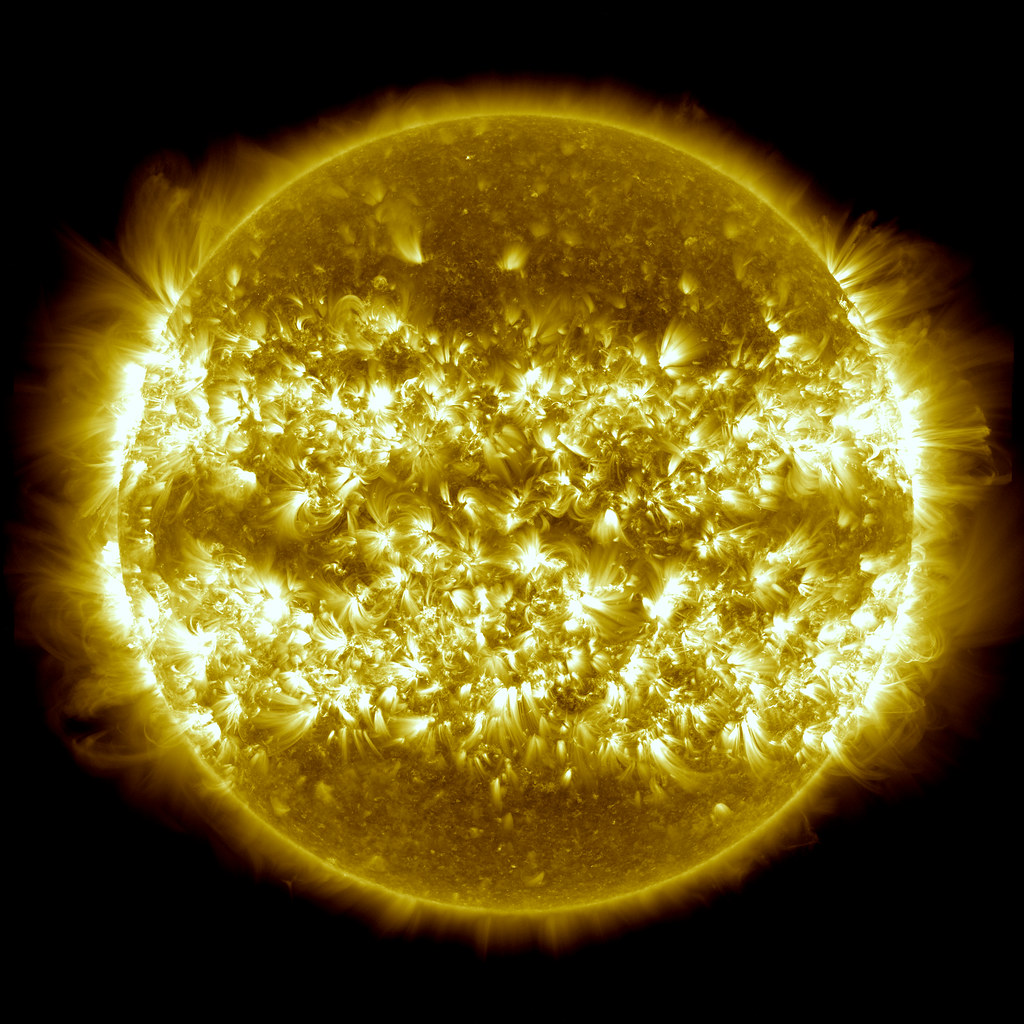While the intense sun has produced its share of record-high temperatures this summer, amateur radio operators have been eagerly following the life-sustaining G-type main-sequence star at the center of our solar system for another reason—namely, Solar Cycle 25.
As OnAllBands noted in this article posted two years ago during the sunspot-deprived tail end of Cycle 24 (or as some hams call it, “Maybe the worst cycle since I got my Novice”), opinions varied widely on whether operators would be rejoicing over one of the most productive cycles ever or switching to activities that weren’t so dependent on this massive ball of hot gas that cares little about how many QSOs you make on 15 meters (not dissimilar to, say, the person at the helm of your HOA).
Would hams be joyfully skipping to their shacks in anticipation of improved skip propagation? Well, that depended on who you believed. NASA and the NOAA (National Oceanic and Atmospheric Administration) offered a grim view for amateur radio enthusiasts. They predicted that #25 would follow in the lackluster path of its sunspot-challenged predecessor, producing a minimum peak sunspot number of 95 and a maximum of 130.
On the brighter side, a team of scientists published a paper, “Overlapping Magnetic Activity Cycles and the Sunspot Number: Forecasting Sunspot Cycle 25 Amplitude,” which laid out the argument that the upcoming 11 years would rank among the top cycles since astronomers began counting sunspot numbers in the middle of the 1700s. The paper’s authors (solar physicist and team leader Scott W. McIntosh, Sandra C. Chapman, Robert J. Leamon, Ricky Egeland, and Nicholas W. Watkins) predicted “with 95% confidence that the Cycle 25 amplitude will fall between 153 and 305 spots,” and with 68% confidence that the amplitude will be 233 spots.

So where do these predictions stand two years later? According to a recent article by Tereza Pultrarova at Space.com., the news for hams is promising to say the least. Team McIntosh’s sunnier perspective (that #25 could possibly even double #24’s amplitude) is proving to be on track. For example, in May 2022 there were 97 sunspots compared to the 37 predicted by NASA and NOAA. Further, if this pattern continues, “the sun will easily reach 115 monthly sunspots by the end of this year and peak two years later at over 210 monthly sunspots,” according to the article.
But before you start stocking up on extra logbooks (and our fingers are crossed that you’ll need plenty of them), McIntosh cautioned, “It’s really wild that the sun continues to do this. Month after month it continues to follow the track. But we’ll see. The sun sometimes does weird things, and the cycle could completely fall over tomorrow.”
If you’re optimists like us at DX Engineering, you’ll want to consider maximizing your capabilities on the upper HF bands. Visit DXEngineering.com for transceivers, antennas, towers, tuners, amplifiers, and everything you could possibly need to take advantage of this opportunity, along with advice from helpful active operators who are as thrilled about Solar Cycle 25’s potential as you are.

